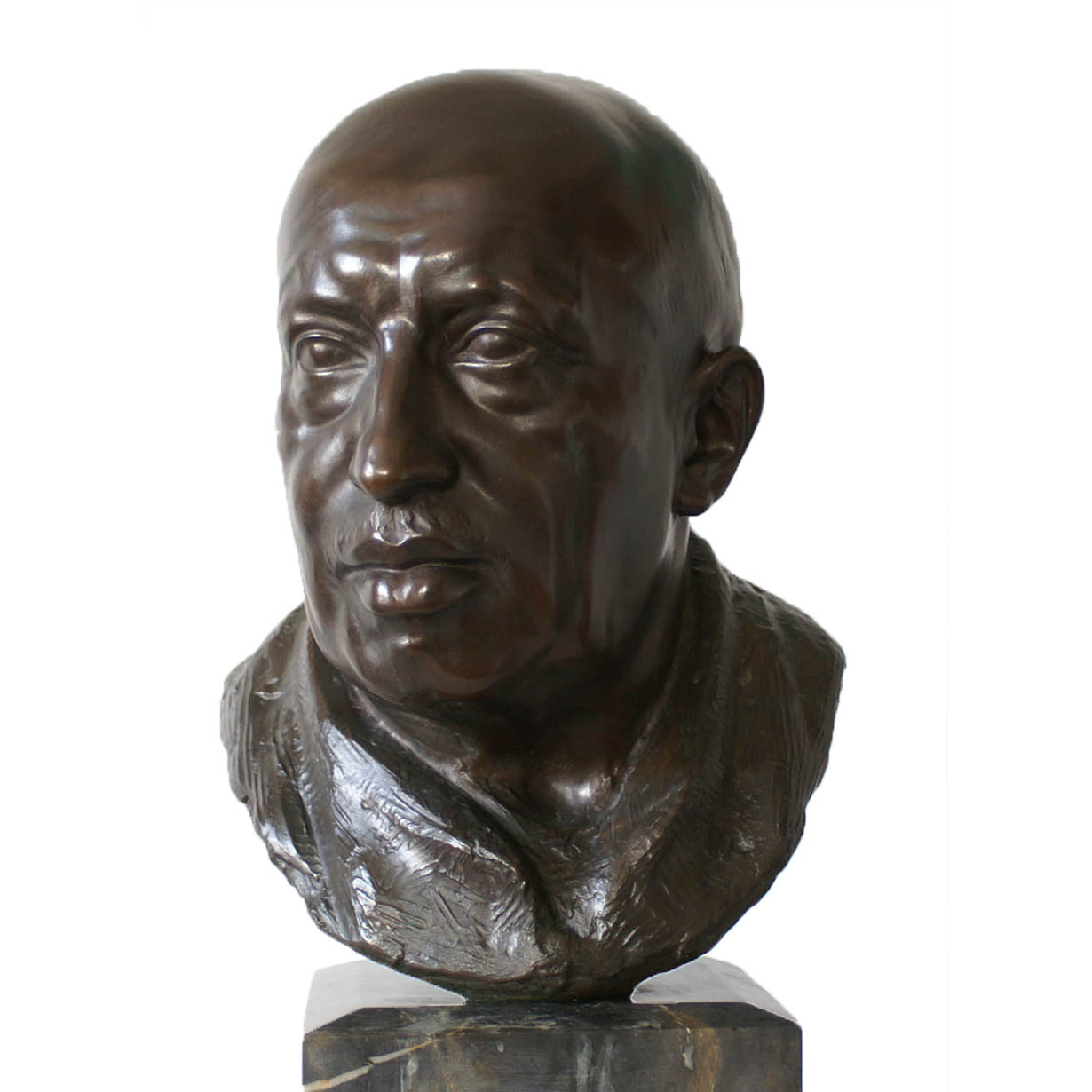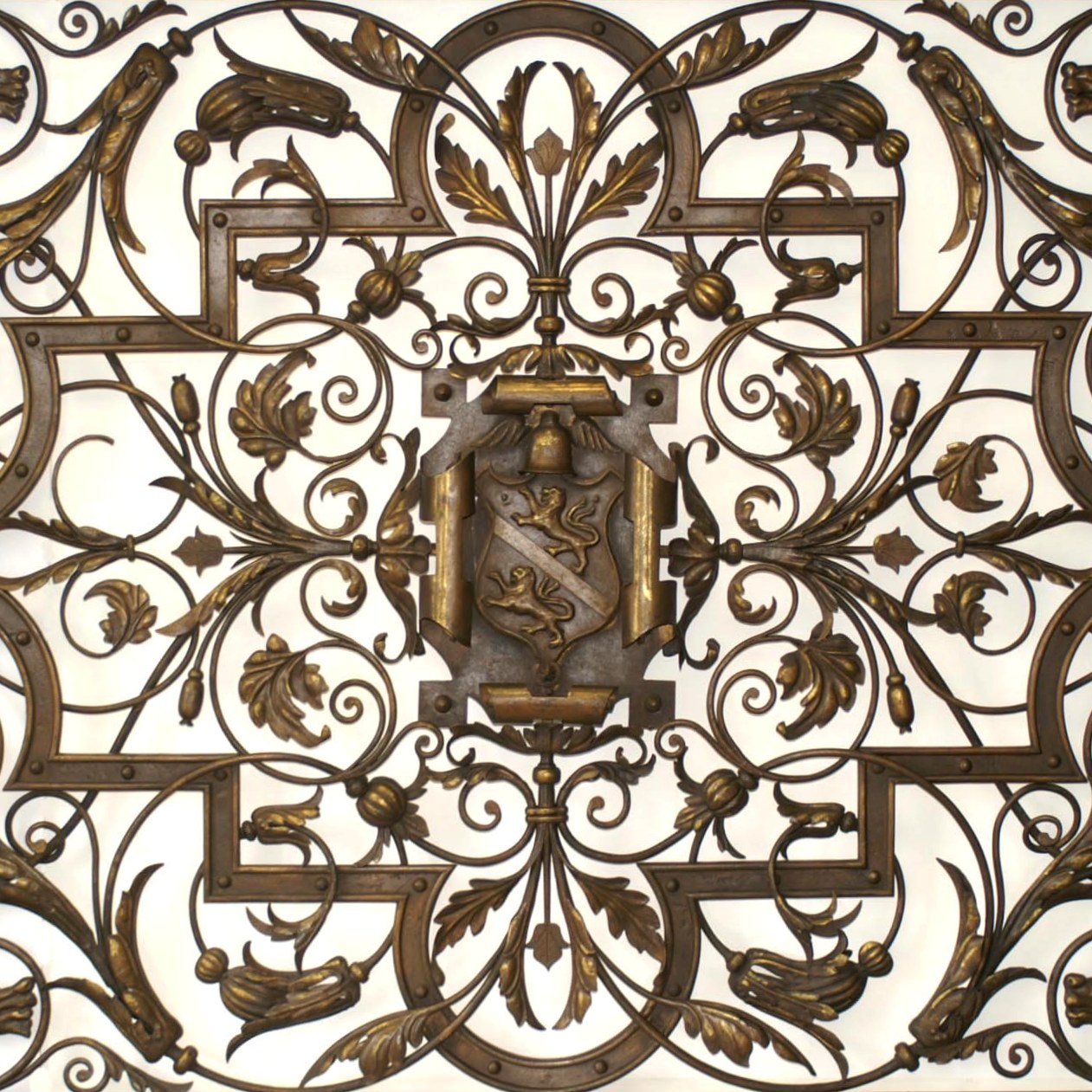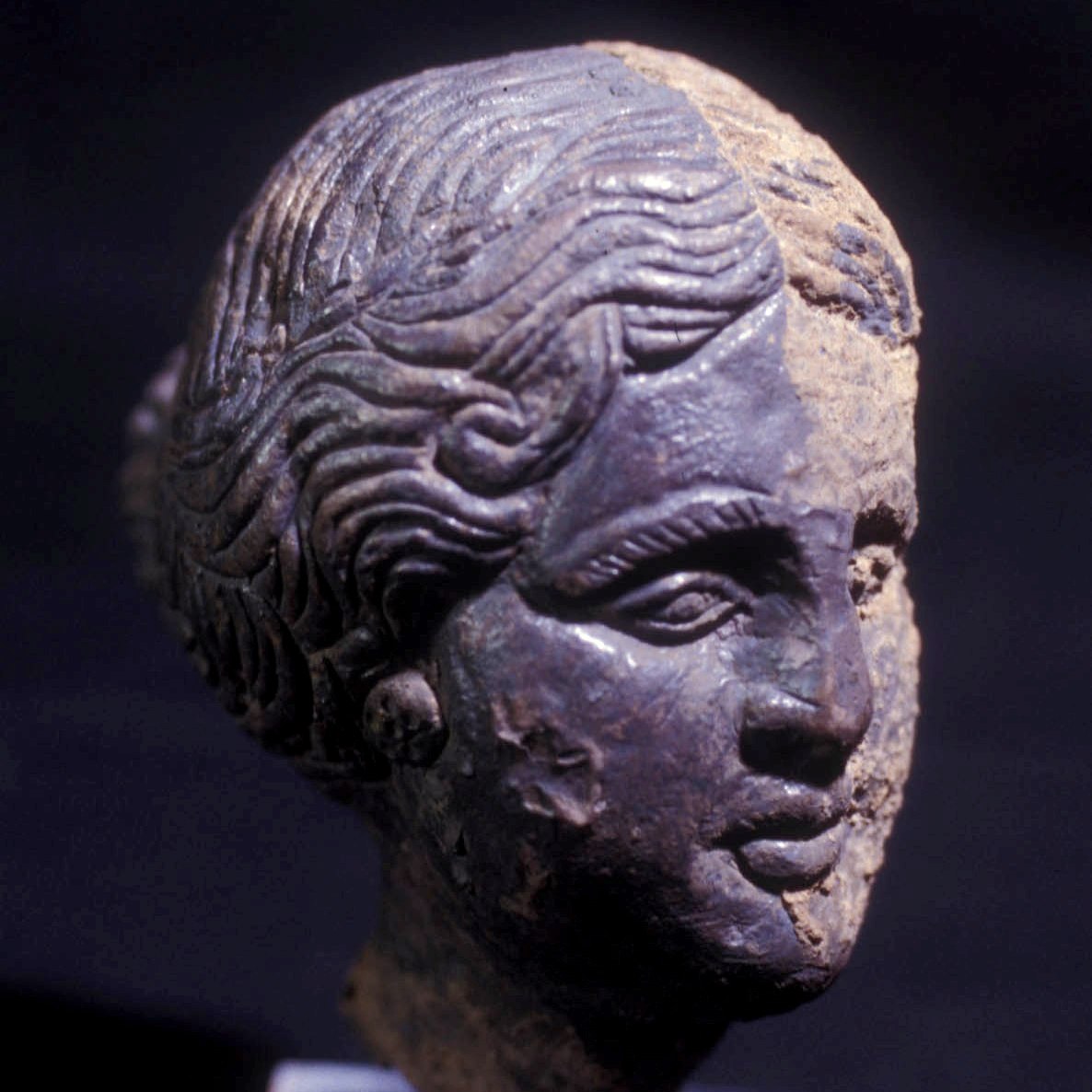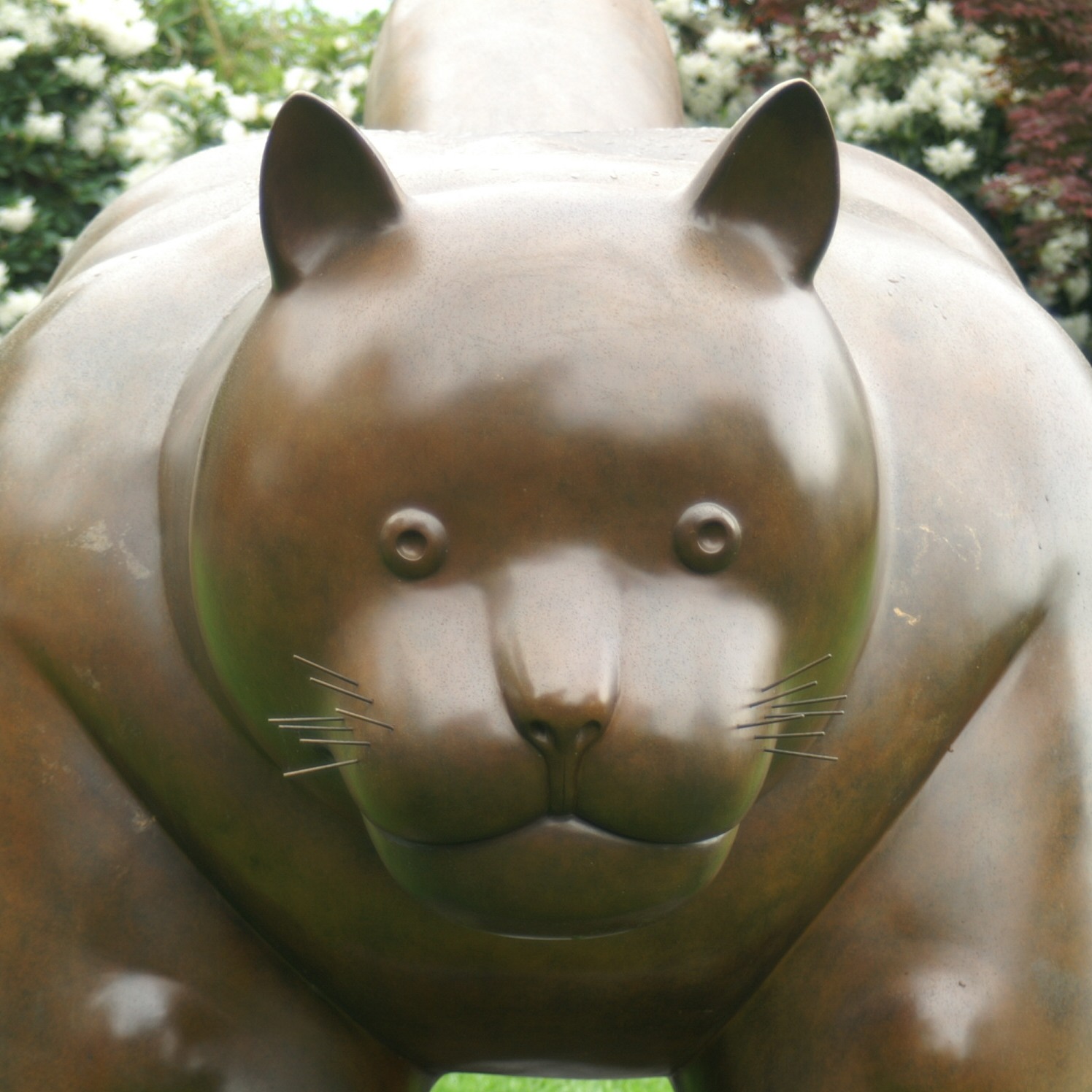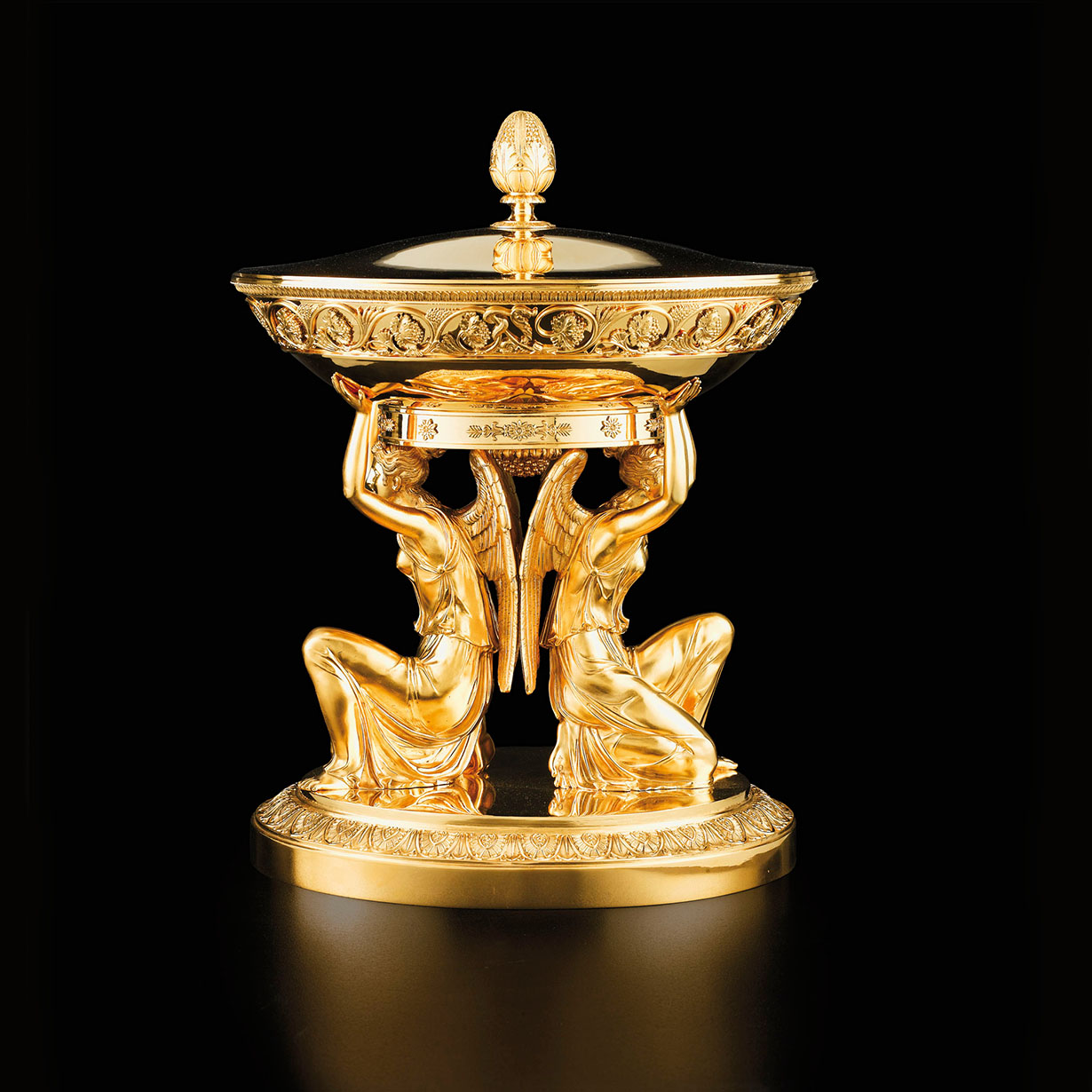The conservation of metals mostly deals with surface cleaning, stabilization, reassembling and surface protection. Archaeological metals often require the removal of external, disfiguring corrosion products to reveal the lim it of the original surface with all is technological and decorative details. For this controllable mechanical methods (scalpel, ultrasonic descaler, air abrasive, minidrill) are preferred to chemical treatments. For soft metals such as silver, gold or lead combined mechanical and chemical methods are used.
Archaeological bronzes and iron can be highly unstable due to chloride corrosion and have to be chemically stabilized.Protective coatings prevent the metal surface from being affected by gaseous pollutants or deposits by handling without gloves. Depending on the object type and material, reversible waxes or acrylic coatings are used. The choice of the conservation method always depends on the alloy, its condition, function and the future storage conditions. An outdoor exposure of a bronze will require a different surface protection than an archaeological bronze that is displayed in a showcase.
We treat a wide range of metals and alloys: Copper alloys, iron, silver, gold, lead, tin, pewter as well as composite artefacts that combine various metallic and non-metallic components.

